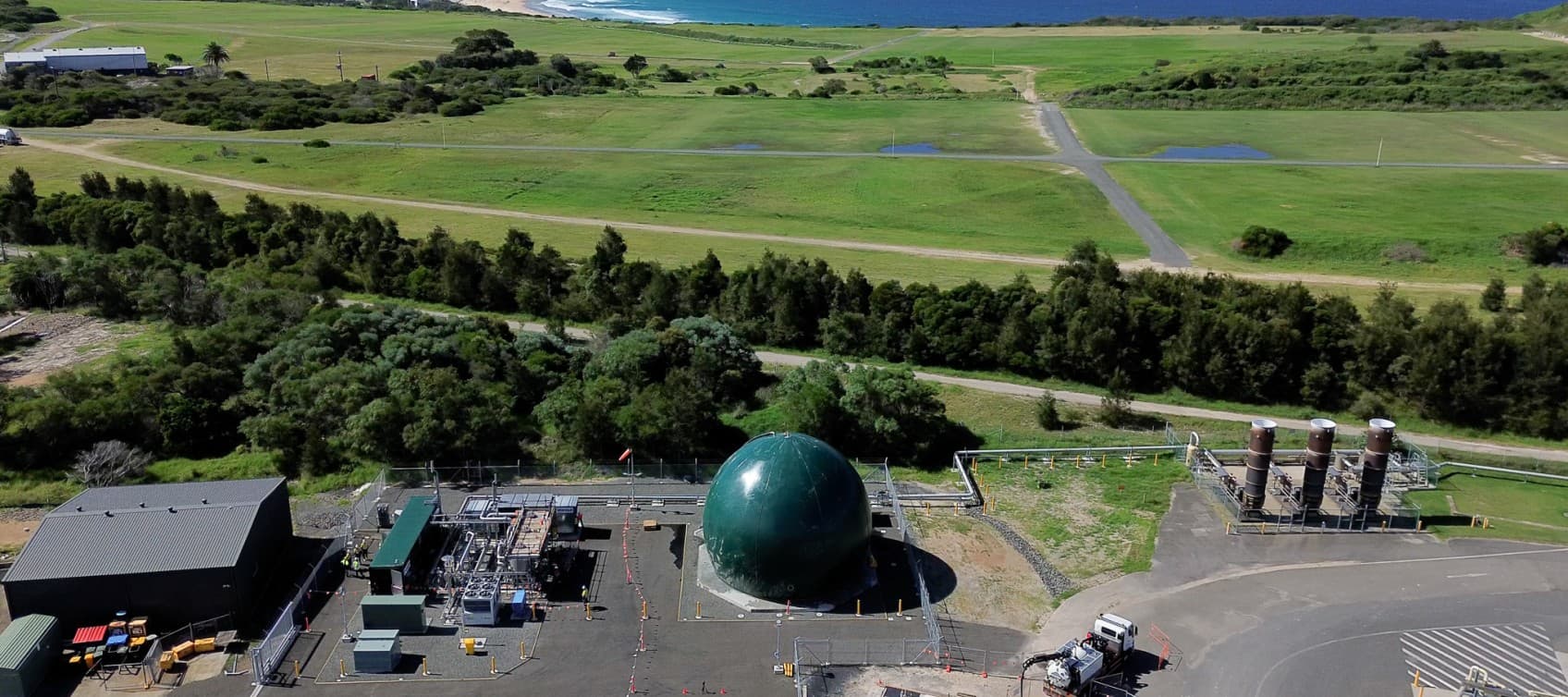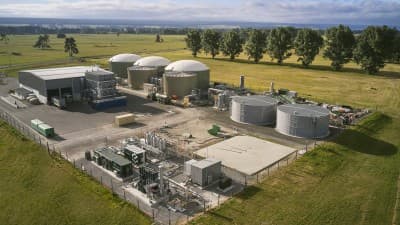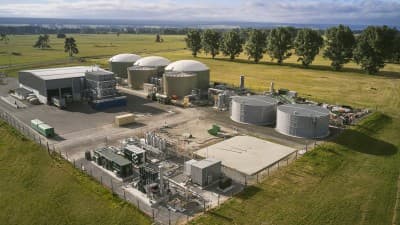Australia has tweaked its laws to recognise the important role of renewable gas in a low-emissions future.
The country’s framework for reporting on energy has been updated to provide guidance on biomethane and green hydrogen. The law change to the National Greenhouse and Energy Reporting Scheme enables Australia to measure and report the benefits of renewable gases, which should clear the way for more investment in biomethane and green hydrogen facilities.
“This is a welcome move. It creates a pathway for users to cut emissions using renewable gas, while making full use of the infrastructure already in place to deliver it from producers to customers,” says Steve Davies
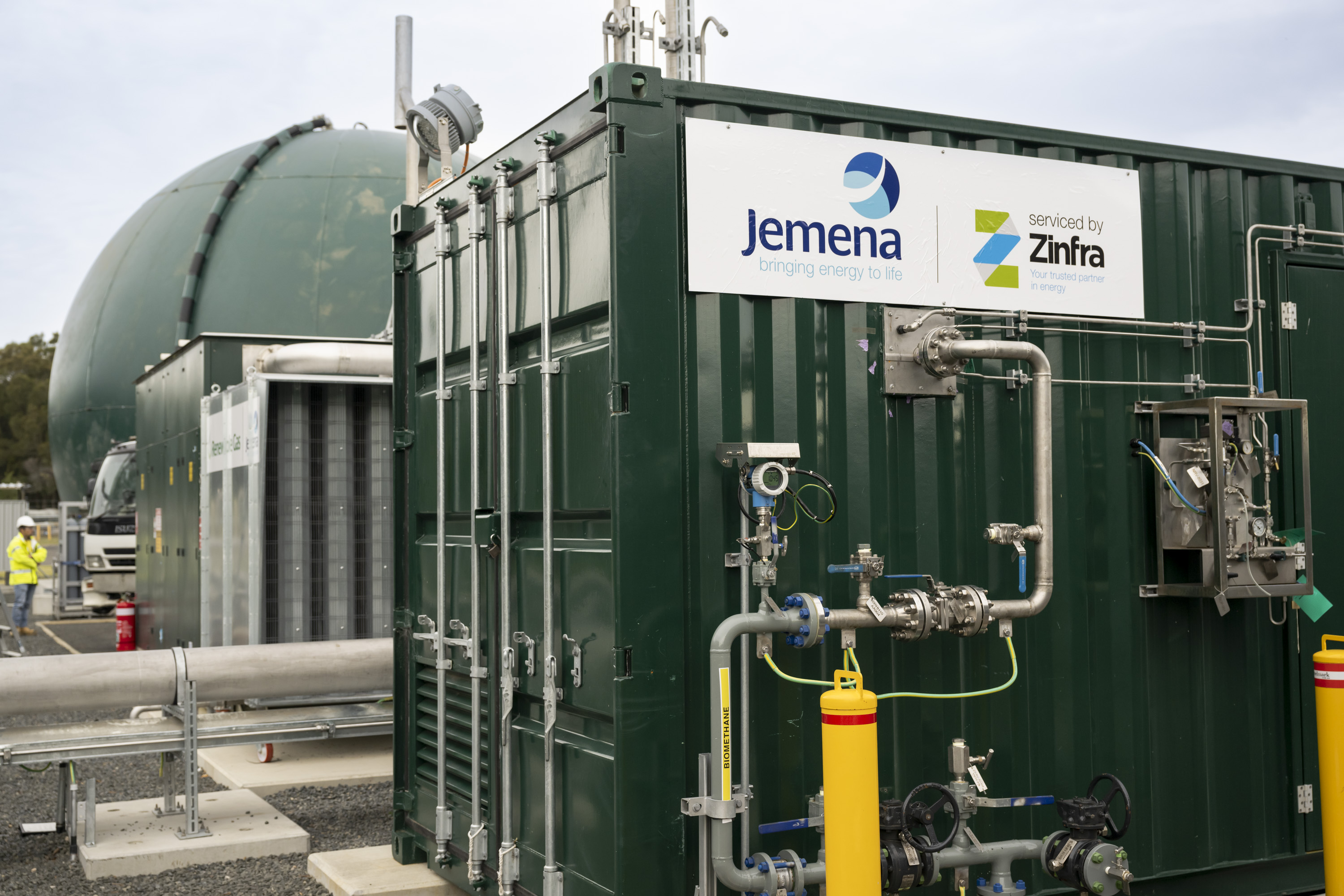
Malabar Biomethane biogas buffer dome and upgrader. Credit Cassandra Hannagan
Measuring emissions reductions from biomethane and hydrogen
The new reporting framework is described as a “breakthrough” by the Australian Pipelines and Gas Association (APGA).
“This is a welcome move. It creates a pathway for users to cut emissions using renewable gas, while making full use of the infrastructure already in place to deliver it from producers to customers,” says Steve Davies, APGA chief executive. “While well-established internationally, renewable gas industry is still in its infancy in Australia. Like solar and wind in the early 2000s, it needs the right policy settings to grow, and this common-sense change is a big step in the right direction.”
Gas makes an enormous contribution to Australia’s economy, particularly in providing energy for high-heat processes that drive the nation’s massive AU$10 billion manufacturing sector. Biomethane is chemically identical to natural gas, making it ideal as a drop-in, low carbon replacement. If production can be scaled up, the price of biomethane will fall and it will become an affordable, accessible energy option.
Australia is also planning to scale up its hydrogen industry, with a goal of being a global leader. It intends to focus on large-scale export and manufacturing industries, to reduce production costs and help decarbonise tricky sectors like shipping, long-haul transport and aviation. Hydrogen can be a way to capture and store the energy generated by solar and wind farms, which can then be used when there’s no sun or wind to capture, or moved around to where it is needed.
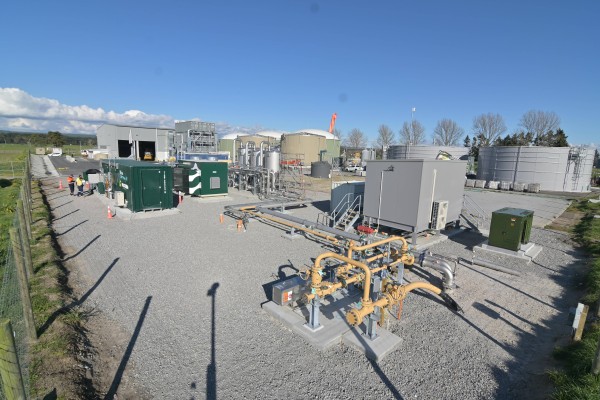
First Renewables biomethane upgrade facility in Reporoa
Can New Zealand's economy see some of the same benefits?
Biomethane could contribute up to 33% of Australia’s gas consumption by the 2050s, according to the Bioenergy Roadmap. The Roadmap forecasts the broader bioenergy sector could generate an extra AU$10 billion in annual GDP, create 26,200 new jobs, and reduce emissions by 9%. In addition, it could divert 6% of waste from landfill and improve energy security for the country.
Many of those benefits, at a smaller scale, are also possible for New Zealand’s bioenergy sector as we move toward a net zero future. One scenario estimated that anaerobic digestion could cut waste to landfill by 23%, make a major contribution to emissions reductions, create up to 6,000 jobs, and improve business resilience for farmers.
Clarus is a leader in the renewable gas sector. Our First Renewables biomethane upgrade facility at the Ecogas Organics Processing site in Reporoa turns biogas into biomethane and injects it back into the pipeline. You can read more about the First Renewables biogas facility here, and to learn about how Clarus is supporting the transition to a net carbon neutral New Zealand, visit Future of Energy.
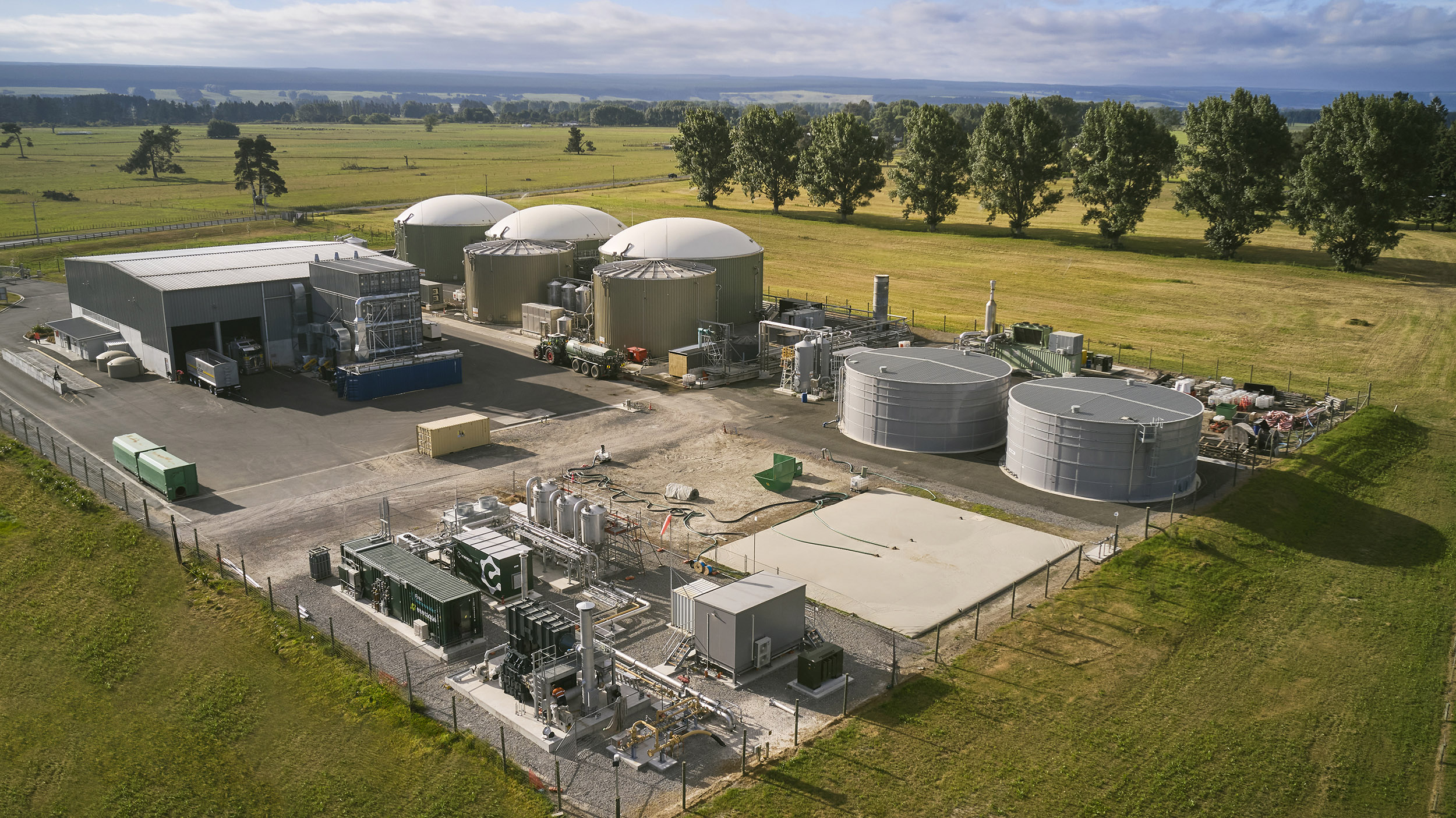
First Renewables biomethane upgrade facility in Reporoa

